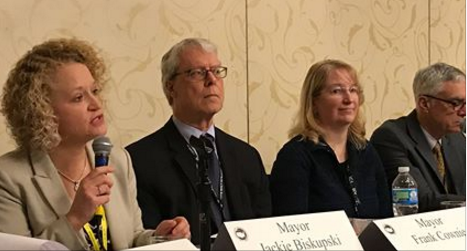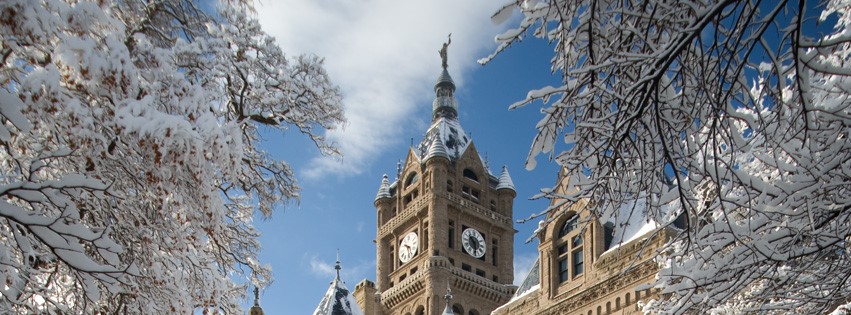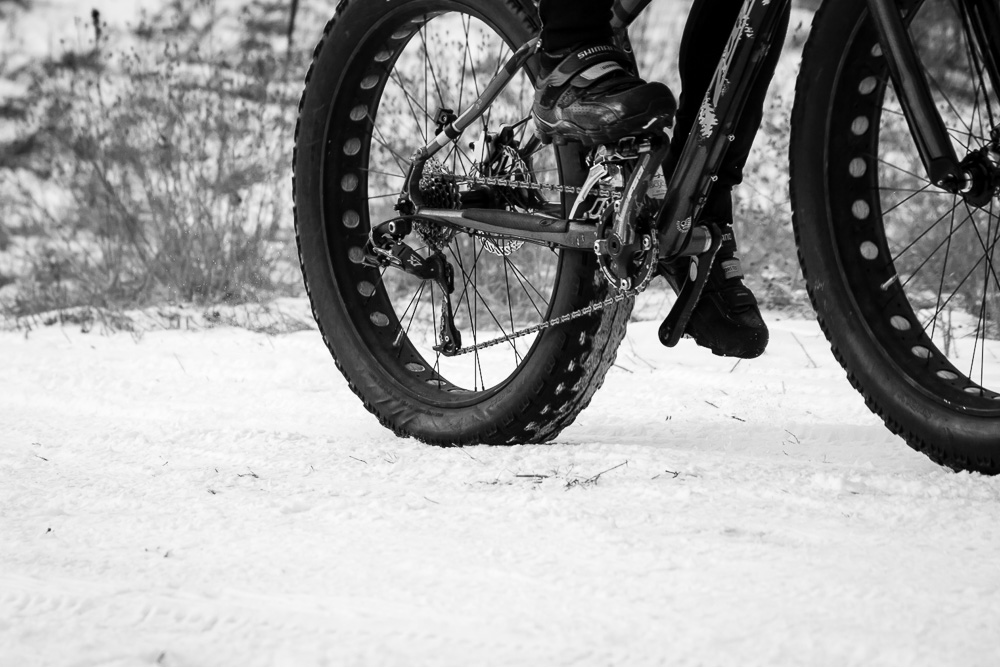In 2014, SLCgreen released an analysis of the average energy consumption per household in Utah. We saw that the average household burns 17 pounds of coal, 208 cubic feet of natural gas, and 3 gallons of gasoline per day!
To follow-up on that report, today, we’re unveiling a bigger-picture overview of the fossil fuel consumption for Salt Lake City as a whole. Below you will find the infographic developed by Salt Lake City and the Carbon Neutral Cities Alliance.
It clearly shows the flow of money from Salt Lake City to outside states and countries that produce fossil fuels.
This information really puts into perspective the importance of managing individual consumption and reducing energy waste, while enacting the best policies and regulations to help our businesses, residents, and government entities do the same.
As an individual, these numbers can be discouraging. But there are plenty of ways you can make a difference to reduce your carbon footprint and improve air quality.

Still, the graphic begs the questions:
Wouldn’t it be better if the $804 million we spend annually on polluting fuels stayed in Utah? Better yet, what if it was invested in clean energy?
Investing in clean energy in Salt Lake City is exactly what the Climate Positive initiative is all about. Click here to learn more about how Salt Lake City is working to cut off its dependence on fossil fuels over the next few decades.
And stay tuned: We’re about to unveil a more detailed plan on how to achieve our 80% greenhouse gas reduction goal by 2040.
Because all of this money should stay in Utah, while we keep the pollution out!




